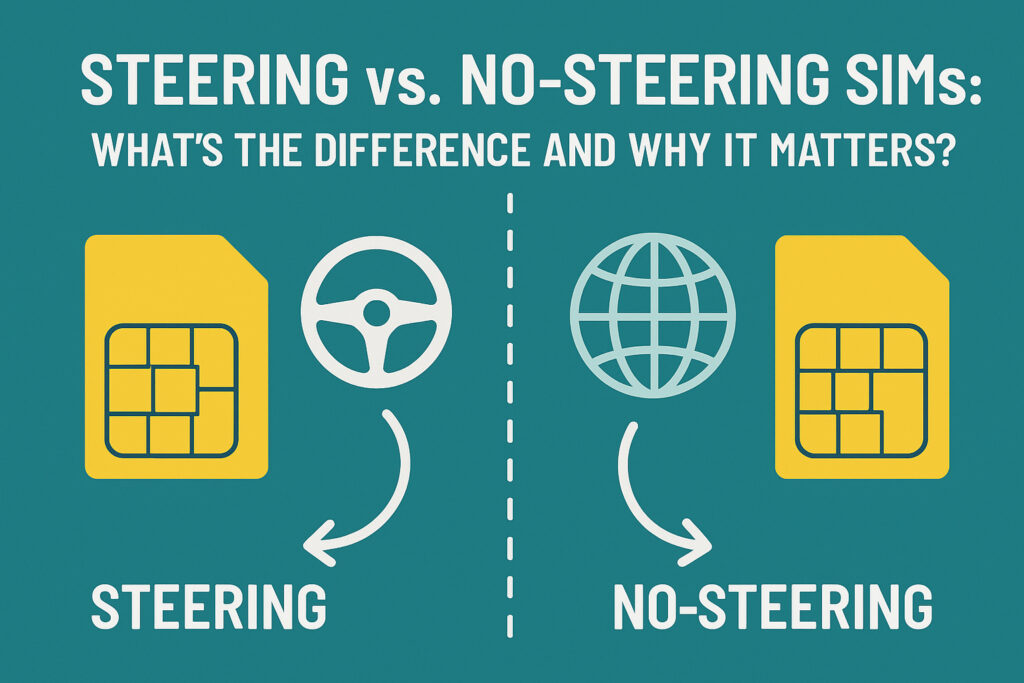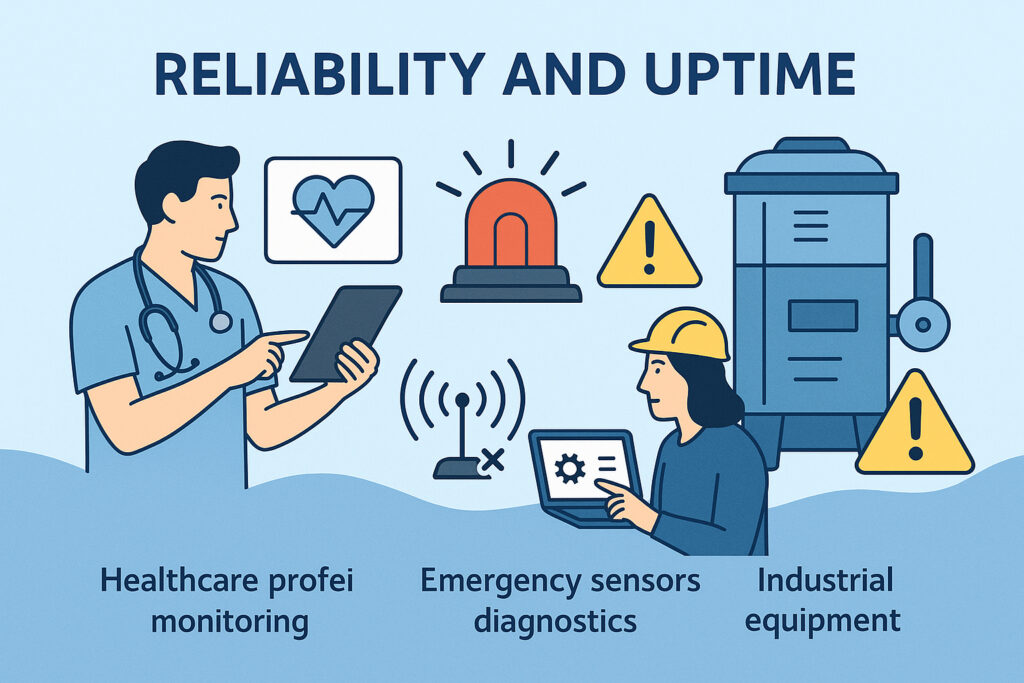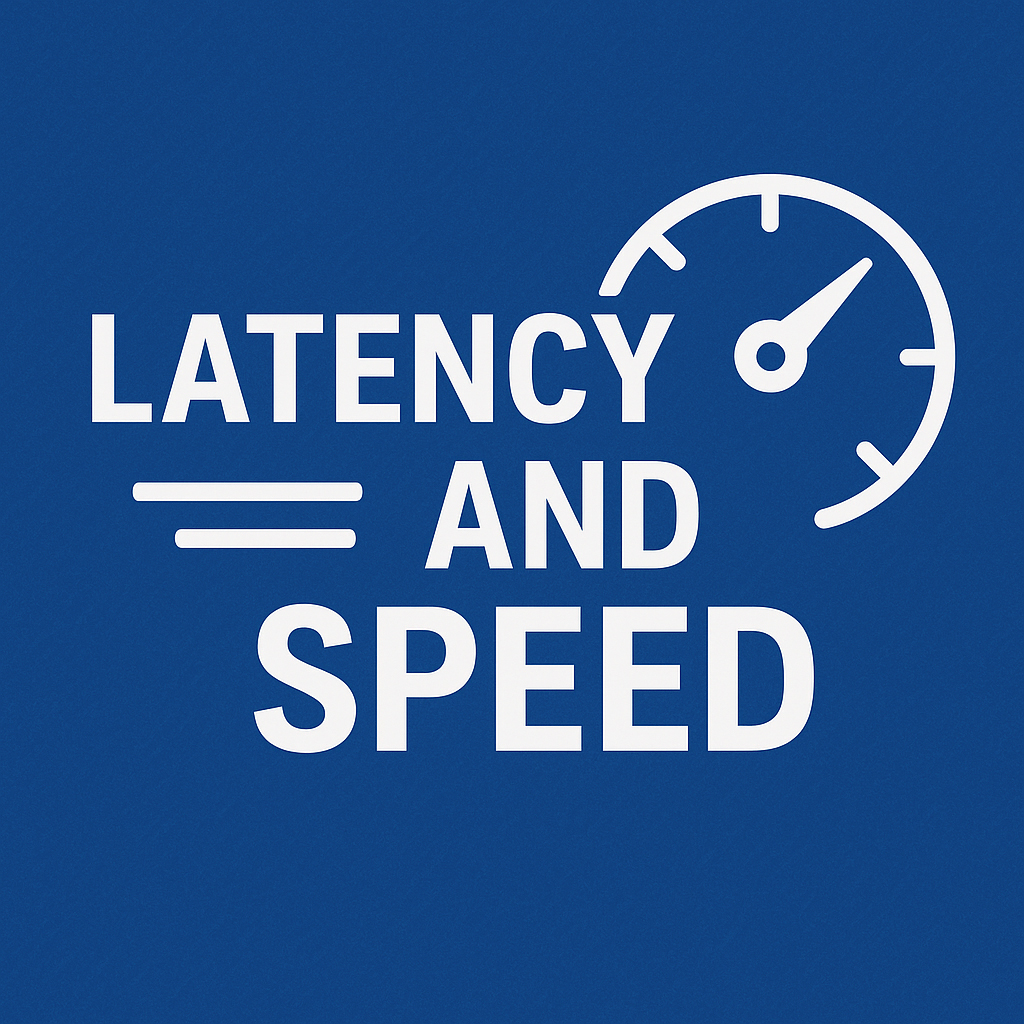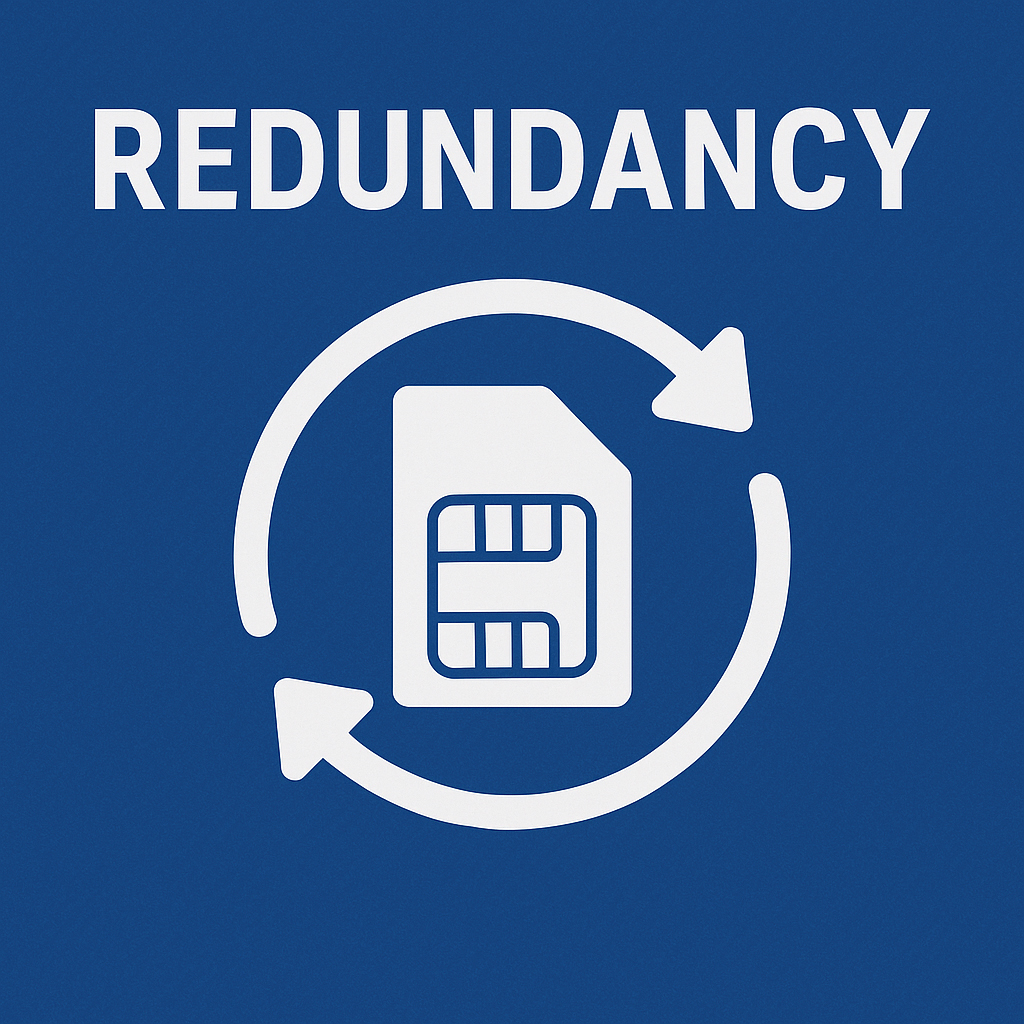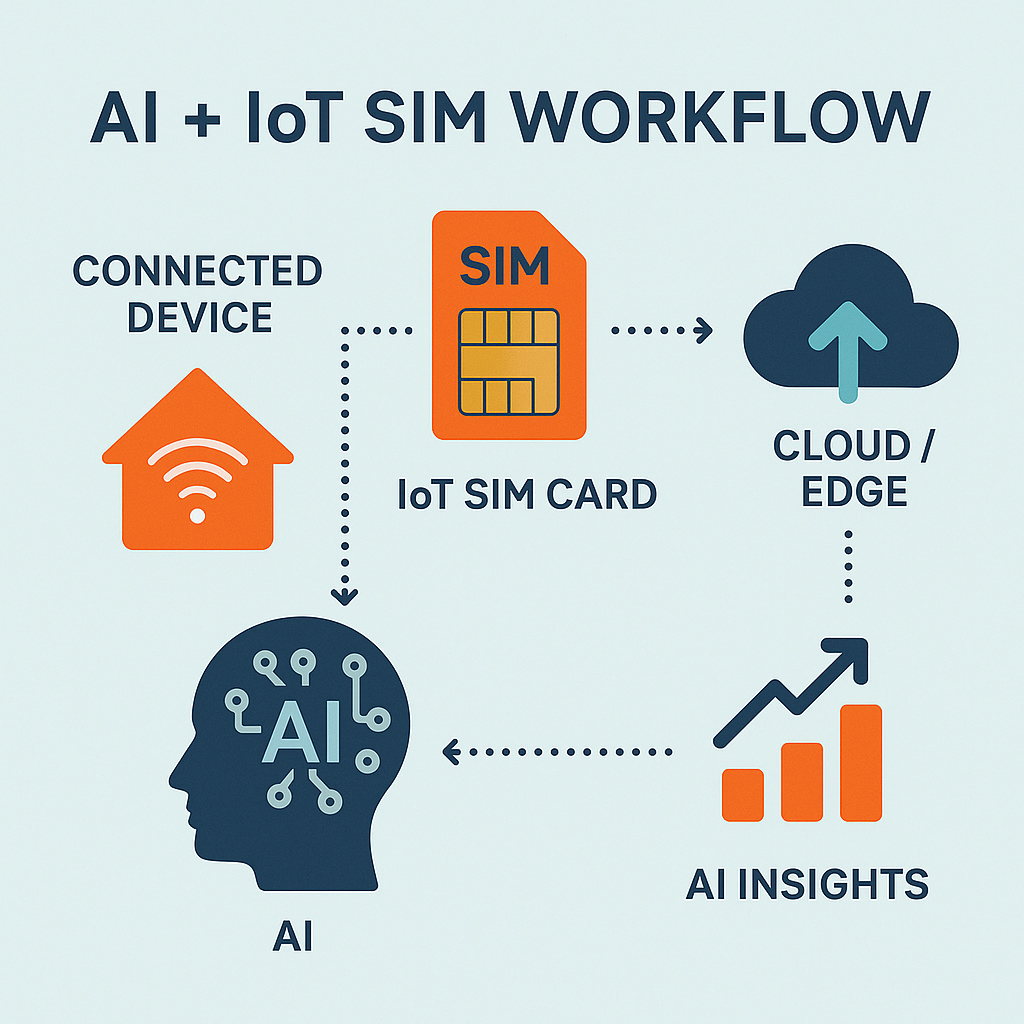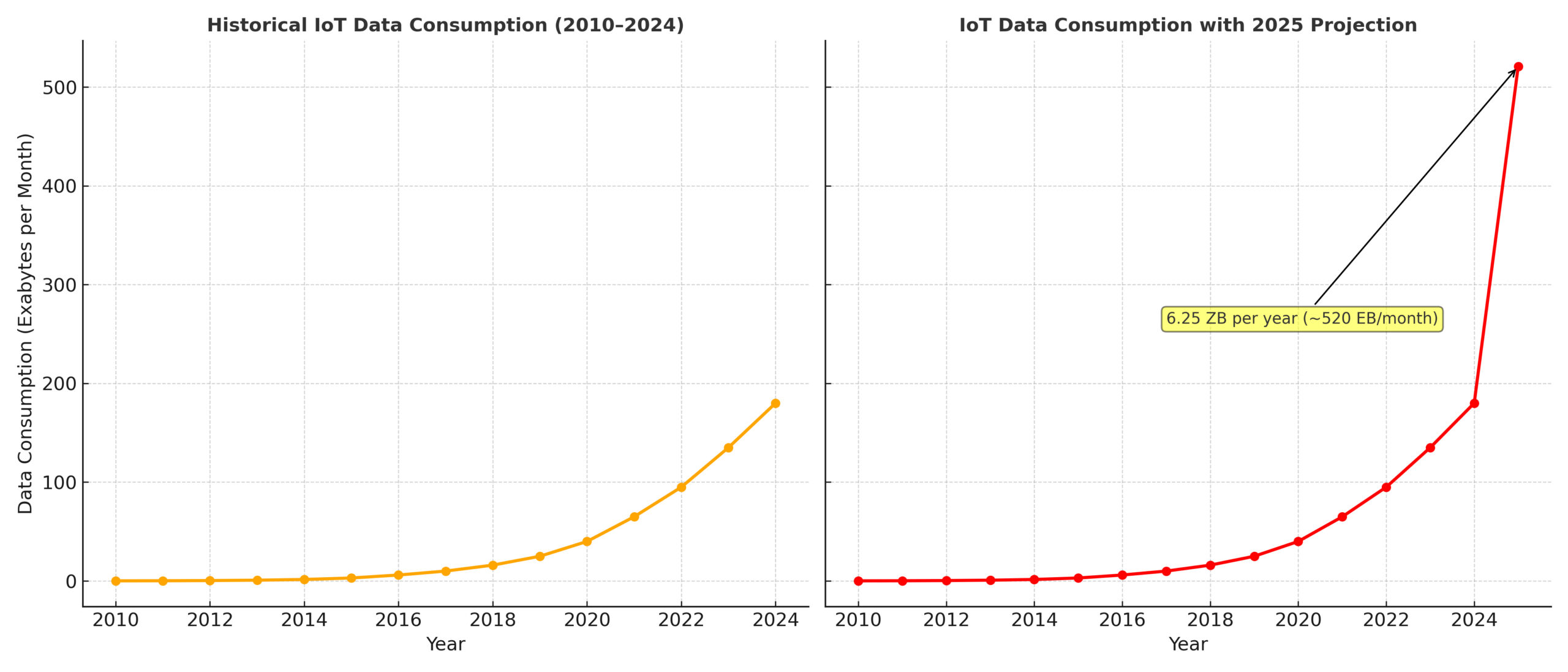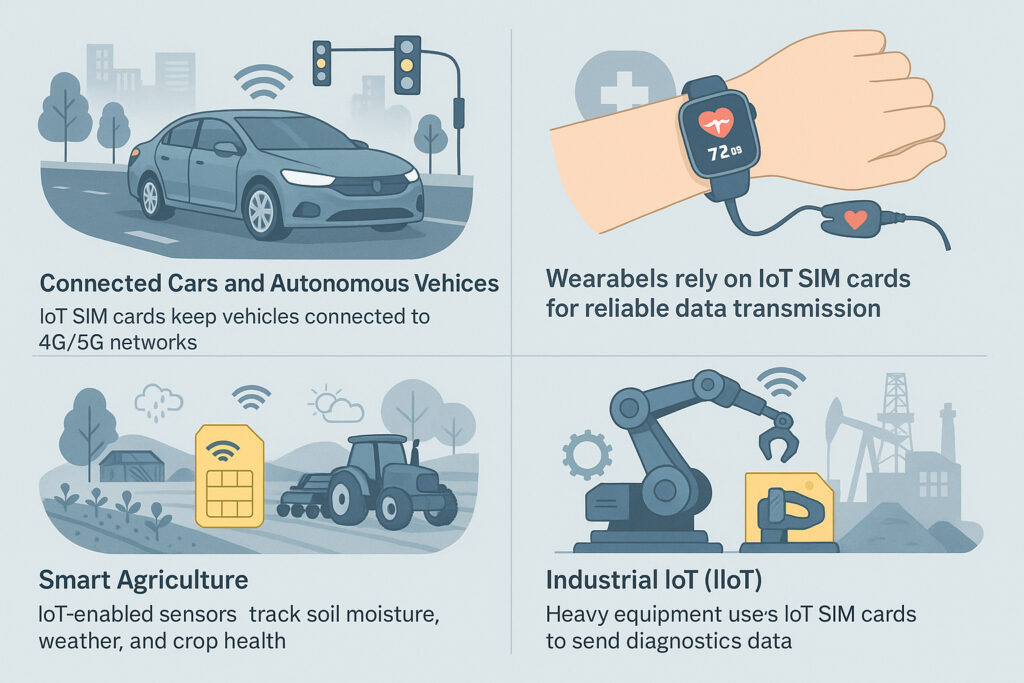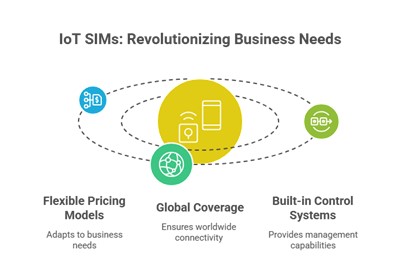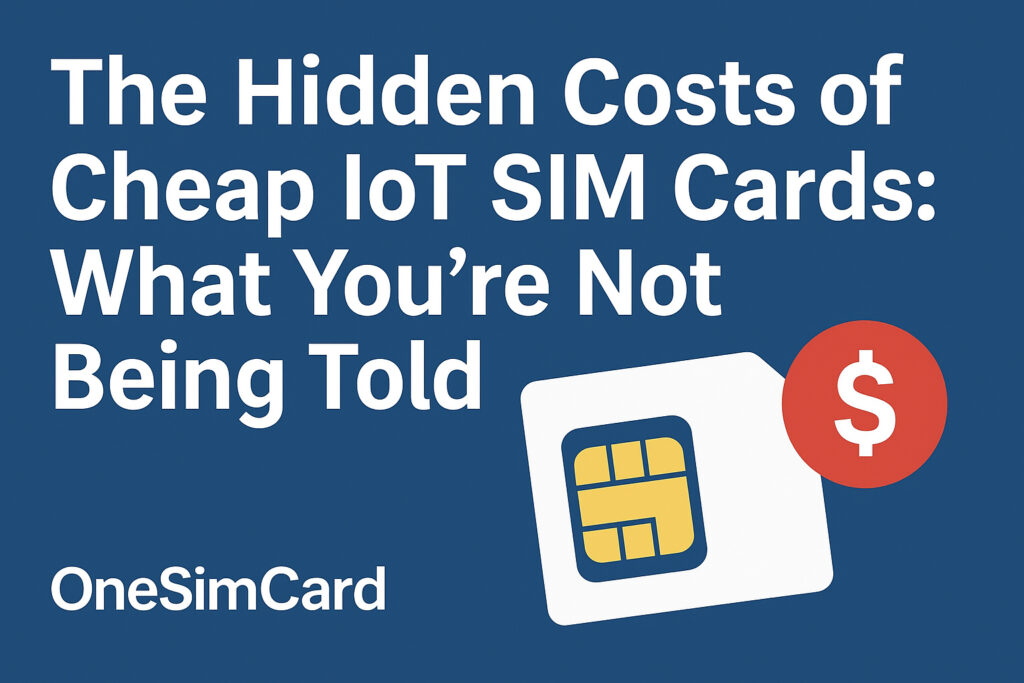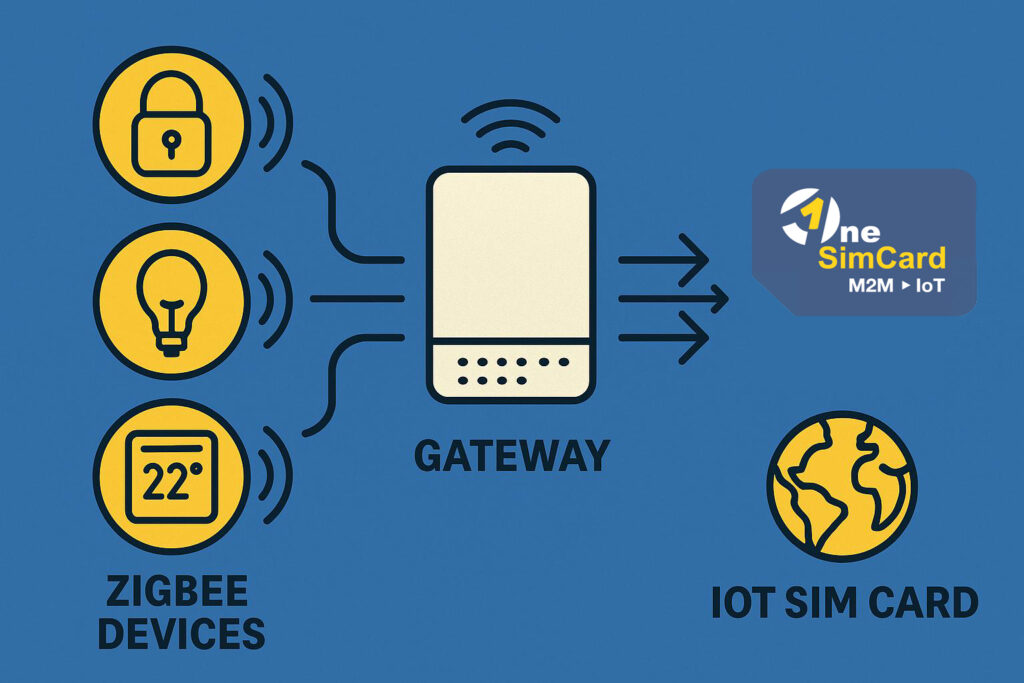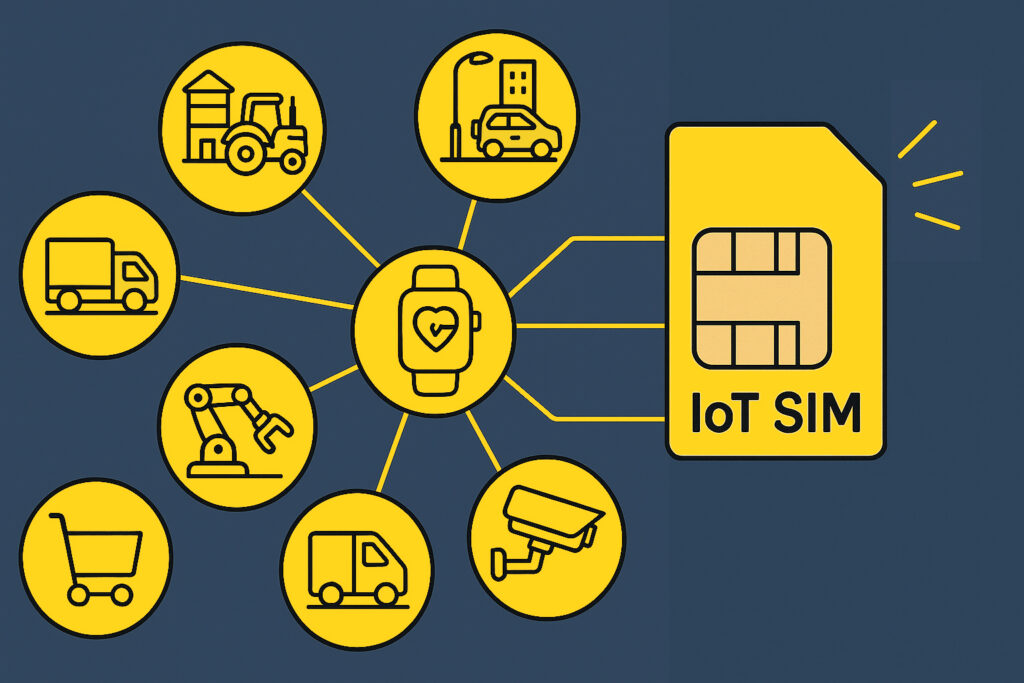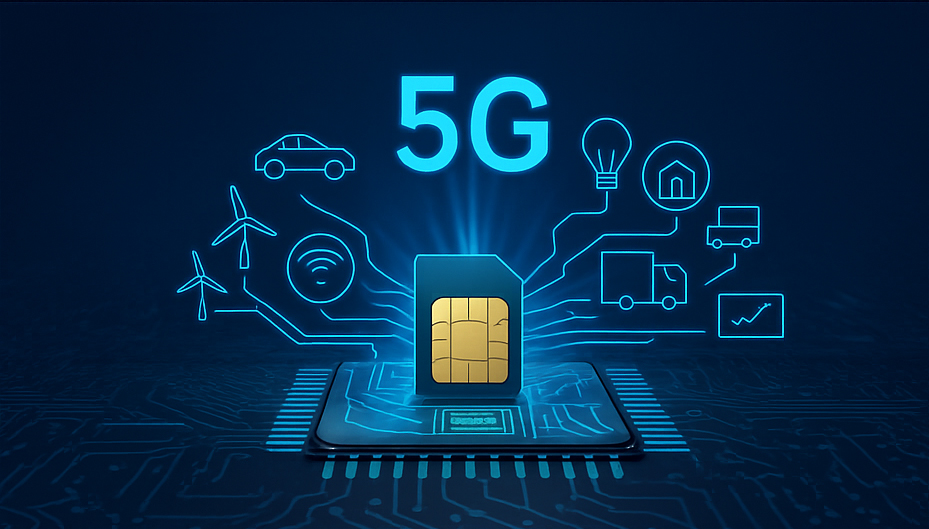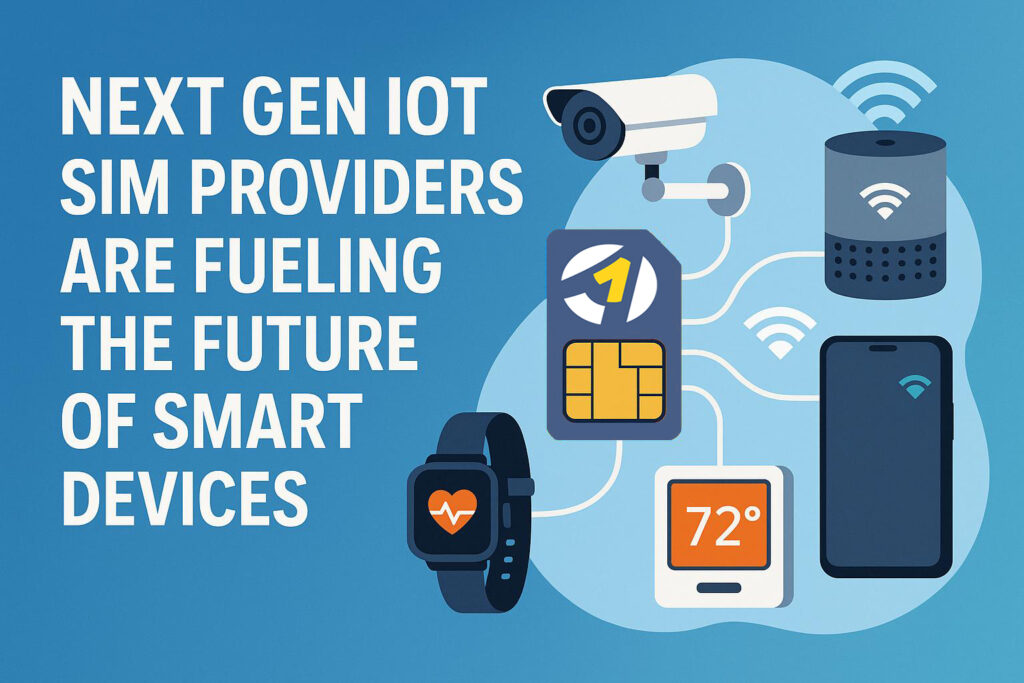
In industries like manufacturing, oil, and gas, downtime isn’t just inconvenient — it’s expensive, dangerous, and sometimes catastrophic. A single equipment failure can halt production, delay shipments, or even compromise worker safety. That’s why businesses across the globe are turning to Industrial IoT (IIoT) solutions powered by reliable IoT SIM cards to keep machines connected, monitored, and optimized in real time.
This blog explores how Industrial IoT works, why connectivity is the backbone of success, and how IoT SIM cards ensure that manufacturing, oil, and gas operations stay online around the clock.
What is Industrial IoT (IIoT)?
Industrial IoT refers to the use of connected devices, sensors, and machines that gather and transmit data in industrial environments. Unlike consumer IoT (like smartwatches or home assistants), IIoT operates in mission-critical settings where safety, efficiency, and reliability are paramount.
Examples include:
- Sensors monitoring vibration and temperature in factory equipment.
- Smart meters tracking energy use at refineries.
- Remote monitoring devices on offshore oil rigs.
- Predictive maintenance systems in pipelines or assembly lines.
The goal is clear: reduce downtime, improve efficiency, and ensure safety by using real-time data to make smarter decisions.
Why Connectivity is the Backbone of IIoT
While sensors and machines do the measuring, connectivity is what makes IIoT possible. Without a stable, secure, always-on network, data sits trapped in machines instead of fueling insights.
For manufacturing, oil, and gas operations, connectivity faces unique challenges:
- Remote locations: Oil rigs, offshore platforms, and refineries often operate far from urban centers.
- Harsh environments: Equipment must withstand extreme temperatures, vibration, and humidity.
- Scale: Industrial operations may involve thousands of connected devices spread across multiple facilities or even continents.
- Reliability requirements: Even a few minutes of downtime can cost millions in lost productivity.
That’s where IoT SIM cards come in.
IoT SIM Cards: The Heart of IIoT Connectivity

IoT SIM cards are built differently than consumer SIMs. They’re designed for industrial-grade performance, scalability, and reliability. Here’s what makes them vital for IIoT:
1. Multi-Network Redundancy
In industrial settings, relying on one network is risky. IoT SIMs, especially no-steering SIMs, connect to multiple carriers. If one network goes down, the SIM automatically switches to another, ensuring devices stay online.
2. Global Coverage
Manufacturing and oil operations often span countries and regions. A single IoT SIM can provide coverage in 200+ countries, eliminating the need for swapping SIMs across borders.
3. Private Static IPs and Security
Industrial data often includes sensitive operational or safety information. IoT SIMs can use private static IPs, VPNs, and encrypted tunnels to ensure data is secure from cyber threats.
4. Durability and Longevity
Industrial SIM cards are rugged and built to last up to 10–15 years inside machinery, reducing the need for costly replacements.
5. Scalable Management
Through a SIM management portal, businesses can monitor and control thousands of SIMs in real time — setting data limits, receiving alerts, and diagnosing connectivity issues remotely.
Use Cases in Manufacturing
Predictive Maintenance
In factories, IoT-enabled sensors detect changes in vibration, temperature, or energy consumption that indicate equipment wear. Instead of waiting for a breakdown, maintenance teams can fix machines proactively. This reduces costly unplanned downtime and extends machine life.
Automated Production Lines
Robotics and automated assembly lines rely on low-latency IoT connectivity. IoT SIMs ensure seamless communication between machines, controllers, and monitoring systems, keeping production efficient and synchronized.
Supply Chain Optimization
Connected forklifts, trucks, and inventory sensors ensure parts and products move through warehouses and distribution centers without bottlenecks.
Use Cases in Oil and Gas
Pipeline Monitoring
IoT SIMs connect sensors along thousands of miles of pipelines, monitoring for leaks, pressure changes, or corrosion. Real-time alerts allow operators to prevent environmental damage and costly shutdowns.
Offshore Rig Operations
Rigs in remote waters rely on IoT connectivity for everything from equipment monitoring to worker safety systems. Multi-network IoT SIMs ensure uptime even in locations with limited coverage.
Worker Safety
Wearables with IoT SIM cards track worker locations, detect falls, or monitor exposure to hazardous gases. If an incident occurs, emergency response teams can be alerted instantly.
Refinery Optimization
Smart meters and connected equipment in refineries allow operators to track energy use, optimize efficiency, and reduce emissions.
The Cost of Downtime

To understand the importance of IIoT connectivity, consider the cost of downtime:
- Manufacturing: According to Deloitte, unplanned downtime costs manufacturers an estimated $50 billion annually.
- Oil and Gas: A single day of downtime on an offshore rig can cost anywhere from $500,000 to $1 million.
- Industrial Equipment: A broken assembly line can stop production entirely, costing millions in lost revenue and late shipments.
Reliable IoT SIM connectivity directly translates to fewer breakdowns, safer operations, and better bottom lines.
Steering vs. No-Steering: Why It Matters for IIoT
Many traditional SIMs use steering, locking devices into a preferred network based on commercial agreements — not performance. In industrial IoT, that’s a recipe for disaster.
- Steering SIMs: May stay stuck on a weak network, causing latency, downtime, or data loss.
- No-Steering SIMs: Always connect to the best available network, ensuring uptime and reliability.
For manufacturing, oil, and gas projects, no-steering SIMs are non-negotiable.
How OneSimCard IoT Keeps Industrial Equipment Online
At OneSimCard, we’ve built our IoT SIM solutions with industrial reliability in mind.
- 200+ countries, 350+ networks for truly global coverage.
- No-steering SIMs for always-on connectivity.
- SIM management portal to control devices at scale.
- Private static IPs and secure VPN tunnels for safe data transfer.
- Multi-IMSI technology for enhanced redundancy and resilience.
Whether you’re running a smart factory, monitoring pipelines, or keeping offshore rigs online, OneSimCard IoT provides the robust connectivity backbone your operations demand.
Final Thoughts
Industrial IoT is transforming how manufacturers and energy companies operate. By connecting machines, sensors, and equipment, businesses gain real-time visibility that reduces downtime, enhances safety, and improves efficiency.
But none of that is possible without reliable connectivity. IoT SIM cards are the silent workhorses ensuring that every device, from a robot on a factory floor to a sensor on an oil rig, stays online and transmitting critical data.
When downtime costs millions and safety is on the line, the choice is clear: no-steering IoT SIMs with global, redundant coverage.
With OneSimCard IoT, your equipment doesn’t just connect — it stays connected.

